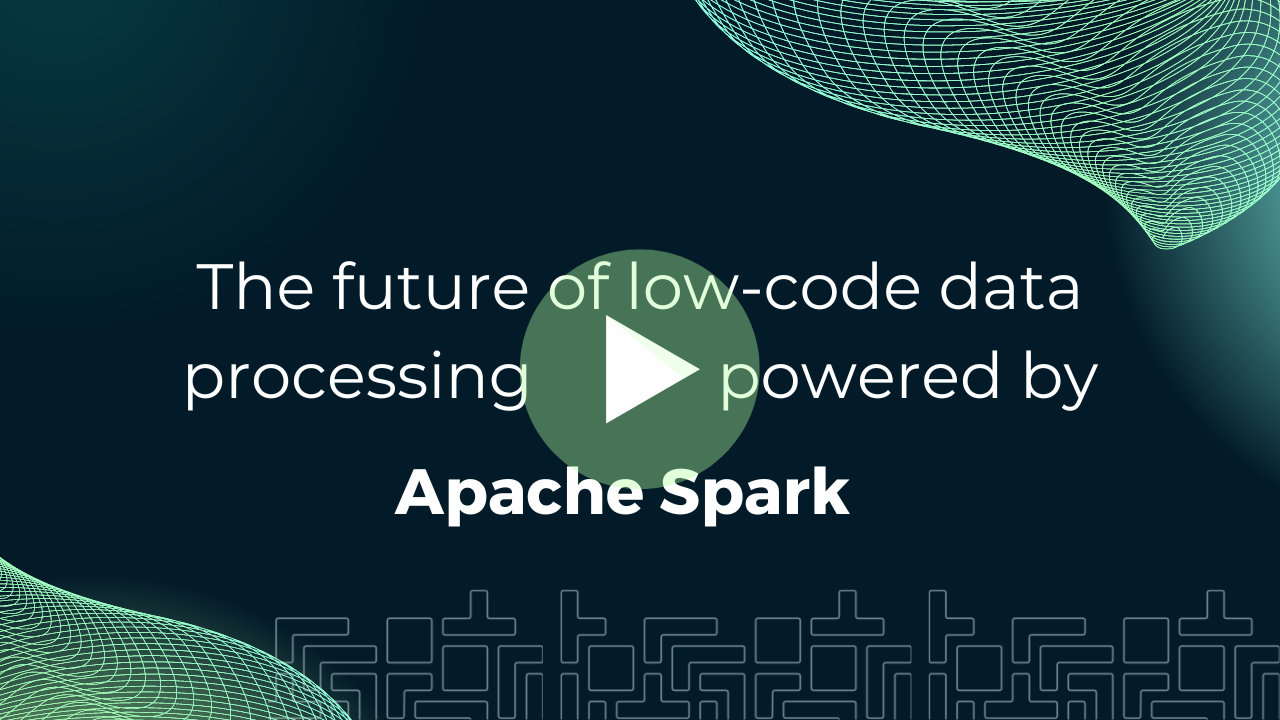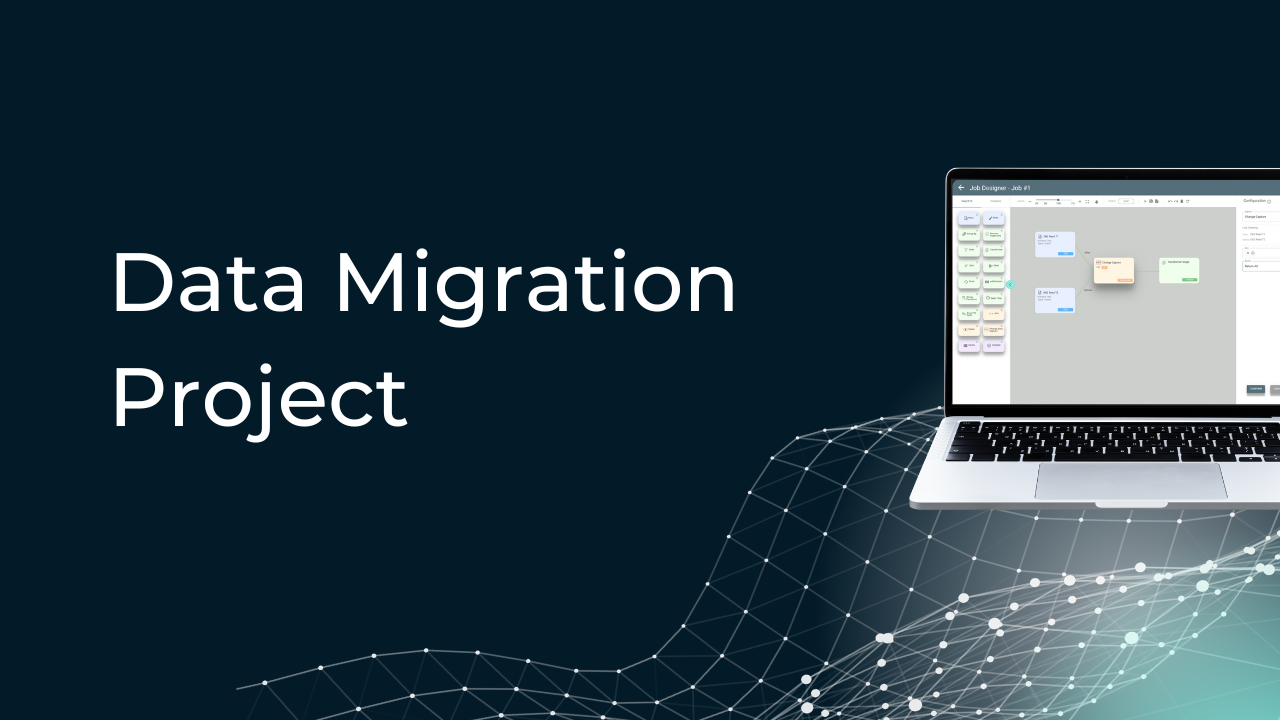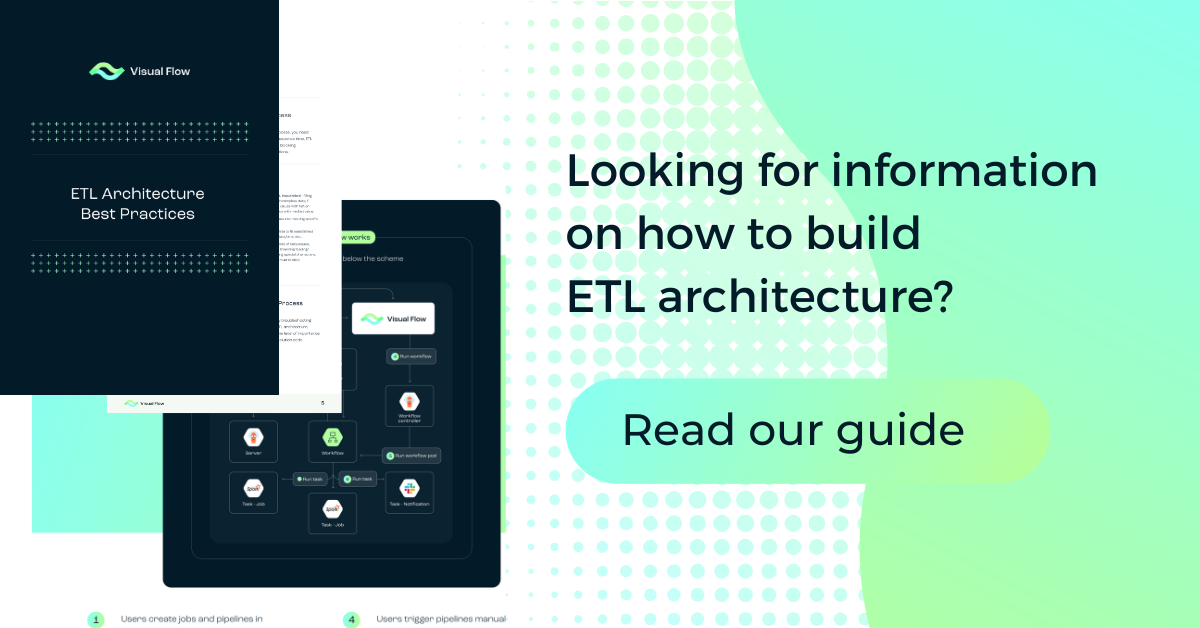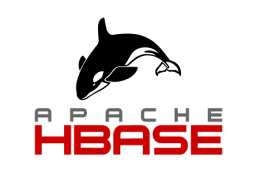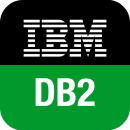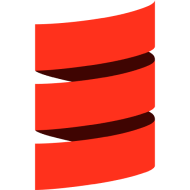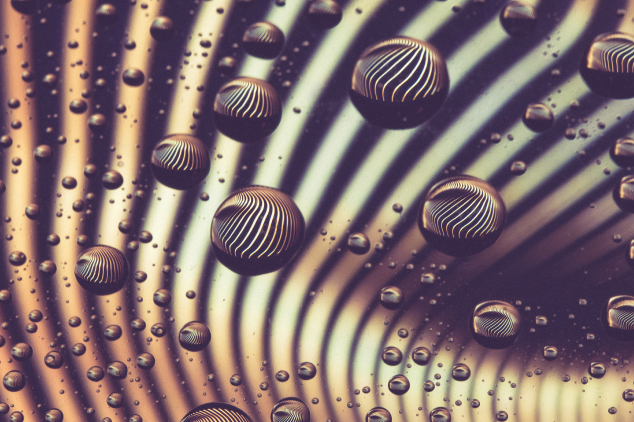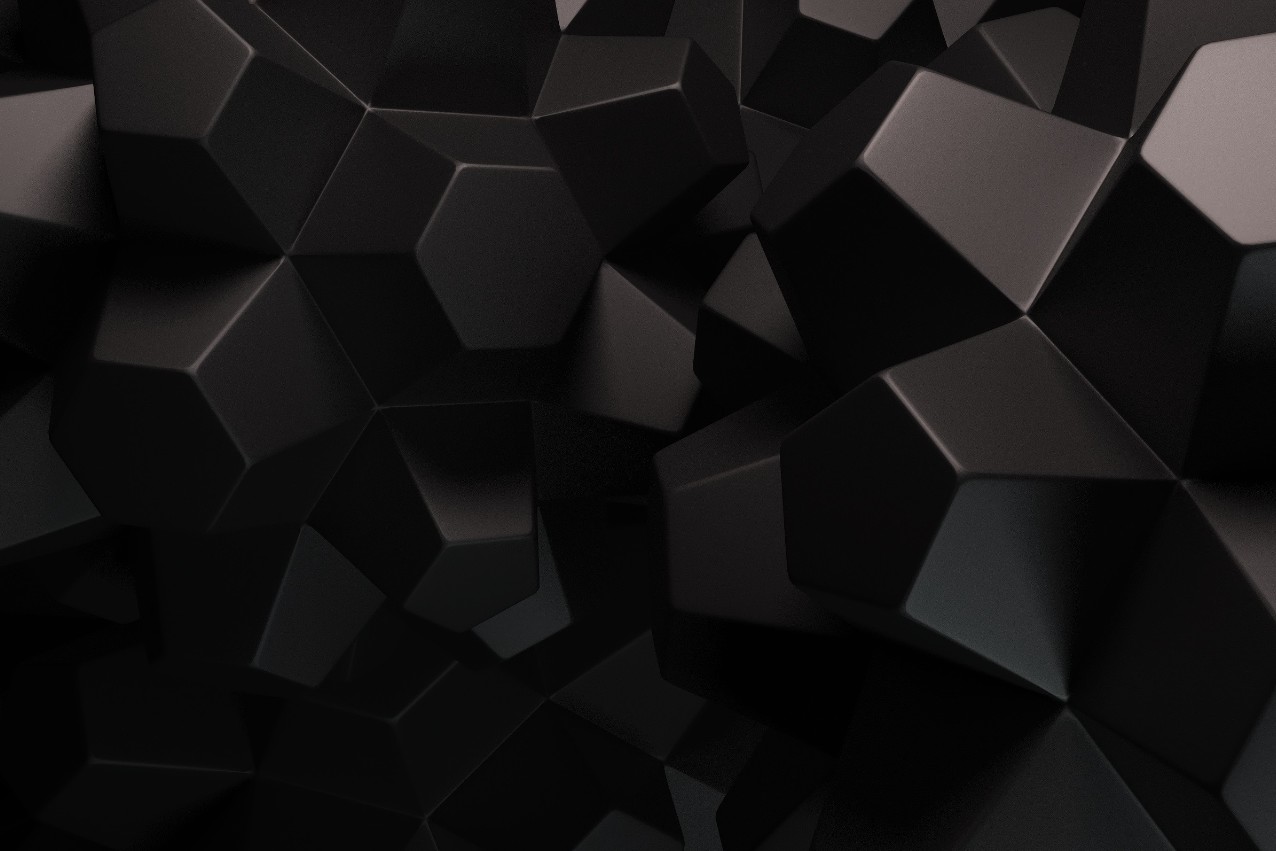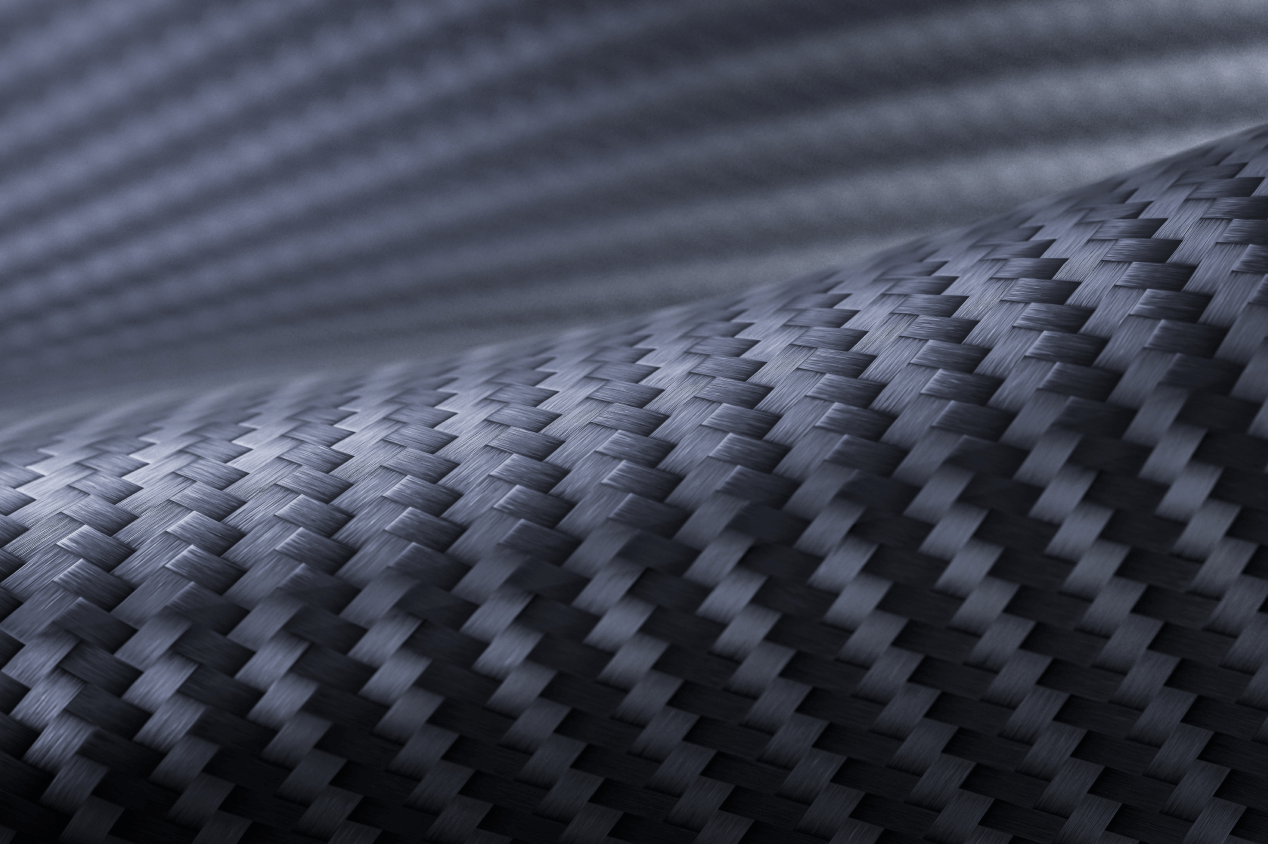Our Data Engineering Services
Try Visual Flow – an open source low to no code ELT tool for your data project
Benefits business reaps  with data engineering service
with data engineering service
Best data automation practices
Our engineers use the sharpest tools on the shelf to make the process of handling data as fast and accurate as possible. We implement data quality solutions, data cleansing practices, and a wide variety of other tools to retrieve, transfer, and store information without causing the customer any additional hassle.
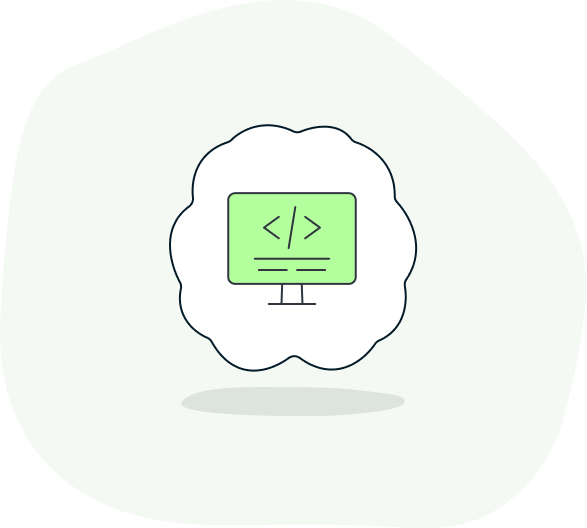
Fully customizable data storage
No matter what your data storage needs, we can meet them. Get a fully customizable storage solution perfectly adapted to your business requirements from a trusted data engineering provider.
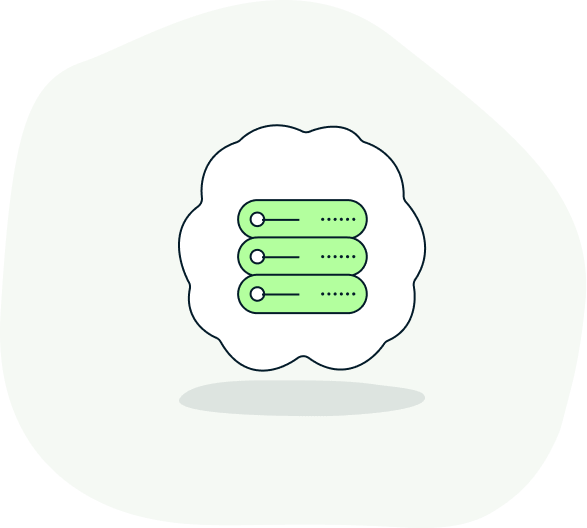
Excellent data processing scalability
With advanced enterprise big data solutions, our engineers can set up the processing of virtually any volume of data. Make the most of continuous information analytics with our data engineering and data migration support.

Seamless operation
We ensure that during data aggregation, migration, and other information-handling activities, none of your business processes will stop for a moment. Keep operations running smoothly while the data is working for you.
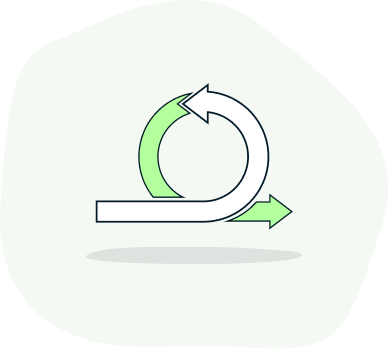
Improved efficiency
Our engineers integrate AI, Big Data, and Data Visualization tools into your business processes for the most efficient operation. The perfect cutting-edge technology will be at your disposal.

Reduced costs
Optimize your expenses by adjusting infrastructure TCO, speeding up infrastructure growth, and reducing time-to-market. Our consulting team’s comprehensive work will help you significantly reduce data processing costs and increase revenue.

Best data automation practices
Our engineers use the sharpest tools on the shelf to make the process of handling data as fast and accurate as possible. We implement data quality solutions, data cleansing practices, and a wide variety of other tools to retrieve, transfer, and store information without causing the customer any additional hassle.

Fully customizable data storage
No matter what your data storage needs, we can meet them. Get a fully customizable storage solution perfectly adapted to your business requirements from a trusted data engineering provider.

Excellent data processing scalability
With advanced enterprise big data solutions, our engineers can set up the processing of virtually any volume of data. Make the most of continuous information analytics with our data engineering and data migration support.

Seamless operation
We ensure that during data aggregation, migration, and other information-handling activities, none of your business processes will stop for a moment. Keep operations running smoothly while the data is working for you.

Improved efficiency
Our engineers integrate AI, Big Data, and Data Visualization tools into your business processes for the most efficient operation. The perfect cutting-edge technology will be at your disposal.

Reduced costs
Optimize your expenses by adjusting infrastructure TCO, speeding up infrastructure growth, and reducing time-to-market. Our consulting team’s comprehensive work will help you significantly reduce data processing costs and increase revenue.

Frequently asked questions
Both ETL and ELT are abbreviations to describe steps of the data integration process, and the difference in the letter sequence reflects the difference in the sequence of these steps.
ETL stands for extract, transform, load. ETL jobs and pipelines help move data from source to target, taking into account DWH design. Data transformation occurs in the processing area, and processed information that meets standards, such as GDPR, HIPAA, etc., enters the target systems.
ELT stands for extract, load, transform. With ELT processes, data is loaded into Data Lake or target systems and is processed after loading. This approach provides more flexibility and simplifies storage when new data formats evolve.
ELT can be seen as an alternative approach to data transformation. The Extract-Load-Transform approach is seen as a more modern and agile way to work with data than ETL. Data analysts can see all the data when loaded to the warehouse and can participate in setting data transformation logic. In this case, transformed data will be truly representative. Working in a data engineering company, we noticed that ELT process is faster to perform and avoids server scaling issues.
Despite being a game changer in the business world in a digital era, big data creates challenges at all stages, from collecting to maintenance and deriving insights. Here are the key challenges of big data:
- Weak understanding of massive data. Generally, employees have a limited understanding of what data is, considering it as mere numbers in reports or some personal information. The average employee can’t see how each business process creates data by the essence, which makes it hard to understand how to make use of it.
- Integrating and managing multiple sources of data also seems to be problematic.
- Inaccurate analytics and difficulties with getting insights.
- Choosing big data tools and incorporating them into the business software ecosystem.
- Data breaches and security issues.
- Lacking of big data experts.
Visual Flow data engineering services provider can help you to overcome these challenges by offering winning ELT/ETL tools and high-standard big data engineering services.
The cloud data engineering services provide multiple engagement models to match your budget and help to reduce fixed costs and total cost of ownership. This helps speed up infrastructure growth and introduce new capabilities (AI, Data Visualization, and more).
Cloud migration with IBA involves a three-step process.
Step 1 Mobilization. Defining migration goals, scope, risks, and model of work (Scrum/Kanban).
Step 2 Initial Iteration. Final approval of terms, scope, team, milestones, goals, etc. for MVP.
Step 3 Pilot Iteration(s). Iterative /continuous process with discussions about unplanned changes.
Step 4 Presentation of MVP. Correction of the high-level plan.
With IBA Group as your data migration company, we’ll prove the value of the cloud and jumpstart your broader migration. In about two months, you will:
- get your MVP application in the cloud,
- get experience planning & migrating an application to AWS,
- get a comprehensive migration assessment with an indication of your projected, optimized in-cloud cost,
- be ready to continue.
The final amount depends on a range of factors, such as:
- The complexity of the current IT infrastructure (e.g., warehouses and database size – how many schemas and tables should be migrated);
- The data volume to be migrated;
- The chosen migration strategy; e.g., rehosting requires fewer efforts than refactoring, therefore it’s less expensive;
- The current IT infrastructure’s migration readiness;
- The extent of migration automation and the cost of migration automation software licenses;
- Testing coverage.
It is your data transfer directly from one framework to another. It needs when a company decides to modernize IT systems, migrate to the cloud, or aggregate data from several sources, this handle is essential. Doing it right implies less downtime, fewer dangers, and guaranteeing your information remains precise and intact.
Almost any type — structured data like databases, unstructured data like documents and images, and semi-structured data like XML and JSON files.
DMS supports a broad range of source and target combinations: MySQL, PostgreSQL, Oracle, and SQL Server. It also supports migrating data from on-premises setups to cloud platforms like AWS, Azure, and Google Cloud.
To assess if your database is ready for migration, you need to look at your current data environment, identify any potential challenges, and make sure you have all the necessary resources and tools.
There are several tools available to help with database migration, including AWS Database Migration Service, Azure Database Migration Service, and Oracle Data Integrator.
Migrating your database to the cloud is a vital part of the broader cloud migration journey. It involves moving your data from on-premises databases to cloud-based ones, which allows you to tap into the benefits of the cloud, such as better scalability, cost savings, and improved performance.
AI is capable of automating challenging tasks, identifying possible threats, and streamlining information-sharing procedures. AI-enabled devices also help with data cleansing, mapping, and approval, ensuring a more accurate and seamless migration.
It can range from a few thousand dollars for smaller projects to several hundred thousand for larger, enterprise-level migrations. Cost can differ based on how much data you have, how complex the migration is, and of course what tools you use.
Different businesses turn to data transfer service providers for smooth and secure data migration. Such providers have the tools, expertise, and resources to manage complex migrations, minimize risks, and keep downtime to a minimum, so businesses can stay focused on their work.
Moving information physically is referred to as “manual information movement,” which might be moderately error-prone. Conversely, robotic information relocation uses specialized equipment to supervise the process, which makes it faster, more accurate, and more suited to handling large amounts of information. However, there are instances in which manual relocation cannot be avoided.
Other Visual Flow's Tools
Contact us
